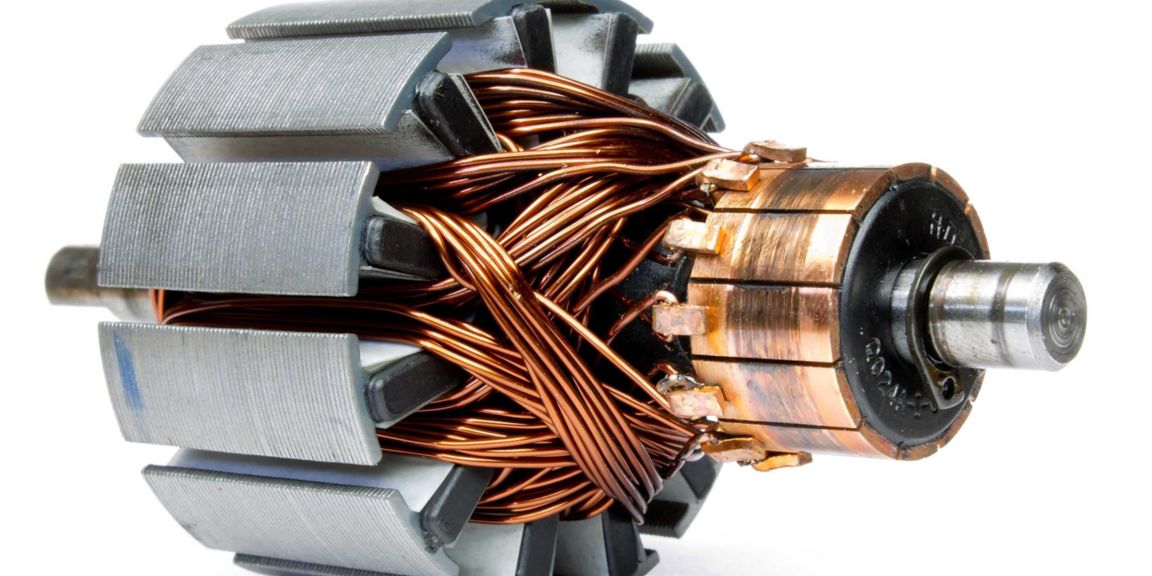Honeywell High-Temperature Wire Insulator (HTI)

Honeywell's High-Temperature Wire Insulator (HTI) is a patented, insulated wire technology that enables reliable high-temperature operation in electro-mechanical devices. Chemically inert and not affected by fluid contamination, it can be applied to the magnetic wire using typical industrial methods with the ability to wind coil assemblies common to many applications.
The result for customers is increased power density and reliability at high temperatures.
What is it?
A formulated wire insulation consisting of glass chemistries and bonding agents to coat single-strand magnet wire. It provides excellent dielectric properties at high temperatures. The insulation can be applied using typical industrial methods.
Today, electromechanical (EM) machines using single-stranded magnet wire with polyimide coatings are limited to 375°F/190°C long-term temperature exposure. Humidity and fluid exposure also reduce reliability. For higher-temperature environments, complex thermal management systems may be required.
Honeywell's High-Temperature Wire Insulator can operate at temperatures up to 750°F/399°C, and also protects against damage from moisture, chemicals and oxidation.
Key features of the High-Temperature Wire Insulator include:
• Capable of operation in conditions of up to ~750°F / 399°C
• Increased reliability, reduced maintenance and lower operating cost
• Inherent moisture and chemical resistance
• Improved power density: power input can be increased while allowing the coil self-heating temperature to rise without loss of reliability
- Features & Benefits
- Capable of operation in conditions of up to ~750°F / 399°C
- Improved power density: power input can be increased while allowing the coil self-heating temperature to rise without loss of reliability
- Increased reliability, reduced maintenance and lower operating cost
- Inherent moisture and chemical resistance


